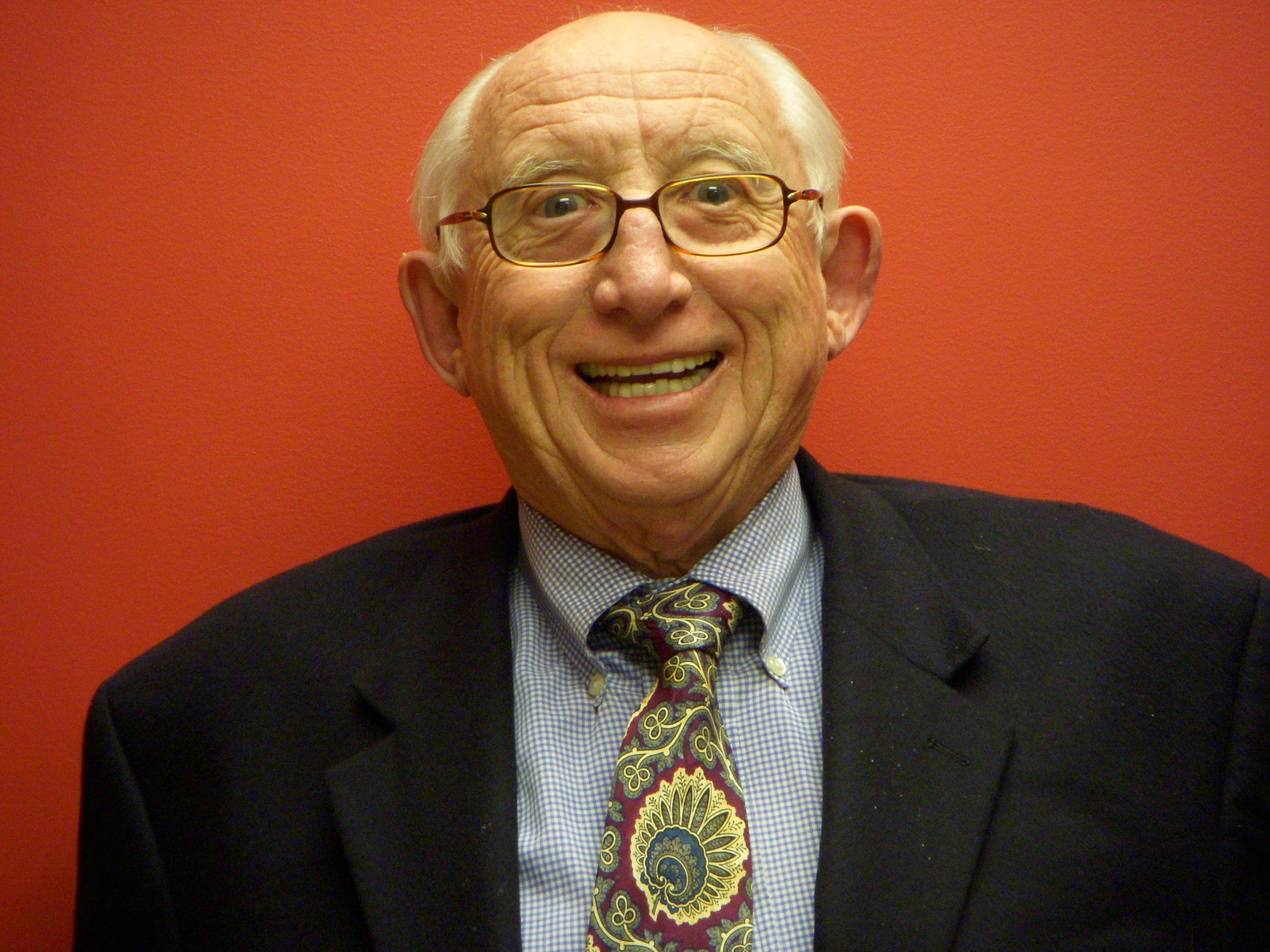Fasten Your Seat Belt, Obama’s Driving Energy Policy

News Analysis With a Sense of Humor


There is a piece of doggerel which goes:
They said it couldn’t be done.
So I went right to it — that thing they said
Couldn’t be done.
And I couldn’t do it.
And that is the way it has been with presidents since the 1973 oil crisis. All of them – from Richard Nixon to Barack Obama, who has just joined the club — have wrung their hands and exhorted us to use less oil in general and less foreign oil in particular.
Nixon had his commerce secretary, Peter G. Peterson (he of enormous wealth these days), promise far reaching and revolutionary “initiatives” to tame our thirst for oil. But Nixon was out of office before these palliatives were revealed.
Gerald Ford, caught up in vicious inflation, partly linked to the cost of oil, launched the Energy Research and Development Administration (ERDA), combining the Atomic Energy Commission, the Office of Coal Research and other energy entities in the federal government. ERDA initiated many programs, while politicians invoked the Manhattan Project and the Apollo 11 moon landing. But the search for the Fountain of Eternal Energy failed.
Jimmy Carter wanted not only to solve the energy challenge, but to be seen to be solving it. Ergo, he expanded ERDA into the Department of Energy (DOE) and created a separate Synthetic Fuels Corporation. The latter failed after a short and unhappy life. No oil reached the pumps.
When the price of oil collapsed in the 1980s, so did hopes for many of the alternative energy sources, including ocean thermal gradients and flywheel energy storage.
To its credit, though at great cost, DOE, through its chain of national laboratories, kept searching. The result has been evolutionary improvements in many fields, and some really revolutionary ones in how we find oil and drill for it; these include seismic mapping, new drill bits and horizontal drilling.
These evolutionary developments brought more oil to market and have contributed to the recent improvement in domestic production that Obama likes to point out. It has enabled us to cut our imports slightly, so they now stand at 11 million barrels per day out of consumption of 20 million barrels per day.
Obama wants us to cut those imports by a third. To do this, he has no magic bullet.
In fact, he has no ammunition: solid numbers and research. His speech at Georgetown University was founded more on hearsay than science or economics.
Because he criticized them for taking out leases they have not drilled, the oil industry disliked the oil component of the speech, but thrilled at the emphasis on natural gas. When it comes to leases, the industry hankers not for those it holds, but for the plums that have not been leased for political reasons: the eastern Gulf of Mexico and Alaska.
Sadly, Obama seemed to have learned the wrong lesson on his recent trip to Brazil because he is brimming with enthusiasm for ethanol. In Brazil, this is made from sugar cane, of which the Brazilians have a lot and cheap labor to farm it. Here, it is made from corn with devastating results on all the food products that come from corn. George W. Bush shoved the country down that slippery slope, and Obama wants to add more lubricant.
Another Obama tool is mandated fuel-economy standards. Problem is the market will start circumventing the regulations. It works like this: If you mandate 40-miles-per-gallon fleet average instead of floods of new small hybrids of the Toyota Prius type, the market will supply small, regular cars and large, luxury hybrids. Better, but not everything the president might want.
Real oil savings come with high prices dictated either by taxes or shortage. Presidents, however, have to placate voters by holding down the price of oil, signaling that it is all right to consume. That leaves presidents — and Obama has just proved it — with that last resort of the impotent in office: exhortation. — For the Hearst-New York Times Syndicate

“When an irresistible force such as you
“Meets and old immovable object like me
“You can bet just as sure as you live
“Something’s got to give …”
— Johnny Mercer
When Johnny Mercer penned those words, he was speaking of love not politics, and not the politics of energy. But he could have been.
In energy, there are two great forces that collide: public policy and the market. Despite the love affair of recent decades with markets, neither is always right.
Consider the struggle between old energy –market-tested and with a mature infrastructure — and new, alternative energy.
Public policy, under Republicans and Democrats, has sought to discourage the nation’s ever-greater dependence on imported oil (about 60 percent). But the market has sung a siren song, tempting us to more oil consumption.
Back in the 1970s, when we imported only 30 percent of our oil, the country was frightened into making great efforts in research and development to find alternatives to oil. Most of those concentrated on oil substitution and new ways of making electricity. None of the new ideas penetrated the market in any serious way, with the possible exception of wind, and that took many years to gain general acceptance and to overcome institutional and technical issues.
The Big Enchilada, oil, proved to be recalcitrant. President Jimmy Carter wanted to make it from coal; a nascent ethanol industry was tentatively testing the forbearance of government in seeking tax breaks and subsidies.
The search for a way out began after the Arab oil embargo of 1973-74, and reached a zenith with the Iranian Revolution of 1979. Many well-intentioned programs were undertaken, concentrating primarily on coal — coal as a gas, coal as a fluid and the improved combustion of coal.
But it was then, as it is now, a wild time for new entrants. Dozens of projects were funded including magneto-hydrodynamics, in situ coal gasification, garbage to electricity, battery research, cryogenic transmission research and energy storage in fly wheels.
Some, if not a majority, of the projects were pure science fiction.
The energy establishment favored not so much the new as the duplicative. Its members leaned to coal, oil shale, more oil and gas leasing and more nuclear. The old Mobil Oil Company paid a whopping $212 million for a Colorado oil shale lease without regard to how it could be worked.
Across the Southwest, banks lent to every energy project that came through the door. Natural gas got short shrift because it was wrongly thought to be a depleted resource.
Then in the mid-1980s, Saudi Arabia opened its oil spigot all the way (10 million barrels a day) and the market annihilated expensive energy from new sources. With gasoline cheap again, SUVs hit the roads in giant numbers; a string of Southwest banks collapsed; and the energy debate turned not to changing consumption but to deregulation, facilitating profligate use across the board.
The market spoke and it shouted down concerns about national security or technological substitution. Public policy surrendered to the market. Despite fine speeches from secretaries of energy on the danger of exporting our security and our money, the market continued its advocacy of excess.
The George W. Bush administration identified our vulnerability in oil and identified a looming crisis in electricity. But it faltered when it came to government coercion of markets; for example, getting more nuclear plants built.
Bush himself fell for the temptations of ethanol from corn and the possibility of switch grass. Now these are under threat from new discoveries of oil off Brazil and far greater estimates of oil production from Iraq. In fact, Iraq is being touted as a rival to Saudi Arabia with Brazil right behind it.
The Obama administration is hell-bent on getting off old energy. It loves “alternatives” and it’s committed to doing something about global warming.
But in research, money does not equal results. While the Department of Energy is chock full of money for new energy research and development, cheap natural gas and new potential oil from unexpected quarters may do to Obama’s new energy hopes what it did to Carter’s: undermine and expose them to ridicule.
Public policy may again be pushed around by the irresistible force of the market, even if it is not serving the national interest.